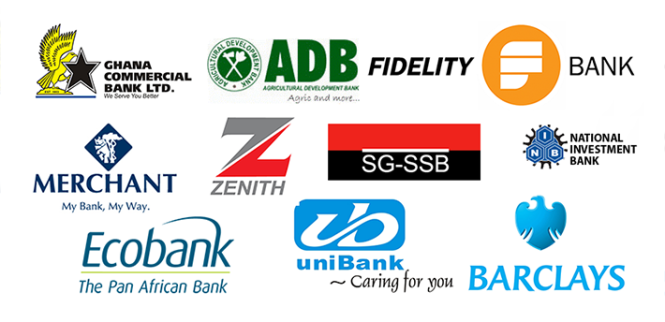
For three years the banking sector withstood economic challenges, but now the sector appears to have caught an economic cold. The sector is showing signs of economic stress with key performance matrix decelerating for 2015 in sharp contrast to last the three years of buoyant earnings and profitability.
Profit growth has sagged while cost of operation has risen and non-performing loans have reached new heights. For the past three years, economic growth in terms of GDP has spluttered, falling from a record high of 14 percent in 2011 to about 4.1 percent in 2015.
But after a protracted economic malaise in which the banking sector rode the storm, key indicators of banks’ profitability, as published by the Bank of Ghana’s Financial Stability report, have showed some deterioration for the period ended September 2015.
The report showed that growth in the sector’s income before tax declined sharply from 54.4 percent in September 2014 to 5.9 percent in September last year. The drastic decline in the banks’ fortunes, according to the central bank, reflects challenges the economy has been facing; with the protracted energy crisis leading the onslaught.
The central bank stated that key matrix which measured the efficiency of the sector’s efficiency, cost to income ratio, showed some deterioration in efficiency. Cost to income ratio in the period ending September 2015 was 80.8 percent as compared to 75.4 percent in September 2014.
The increase in the cost to income ratio came as a little surprise, especially at a time when the power crisis was in full force and banks had to spend fortunes to fuel power plants to ensure banking operations flowed seamlessly.
Within the period in review, total assets of the banking sector grew by19.7 percent to GH¢57.23 billion as at end September 2015, compared with a much improved performance of 41 percent recorded in 2014.
Credit to the private sector also grew by 3.6 percent at end of September 2015compared with the 26.6 percent growth at the end of September 2014. Credit to the households also grew — by 4 percent in September 2015 compared with 19.8 percent growth recorded in the same period for 2014.
The energy crisis and tightening of monetary policy by the central bank took a toll on creditors, mainly businesses — forcing them to default in their payments to the banks. In 2014 non-performing loans (NPLs) were 12.1 percent, but this increased to 13.5 percent last year.
Of the total non-performing loans, credit to the private sector contributed 97.4 percent while the rest was borne by the public sector.
But the International Monetary Fund (IMF) expressed concern about the growing incidence of NPLs in the sector; saying that the increase in non-performing loans indicates the importance of adequate provisioning practices and the need to hold sufficient capital buffers to absorb further increases in NPLs.
The Fund in its January report on the country advised the BoG to immediately increase provision levels and address the weaknesses in asset classification that were uncovered in the recent audits.
“The authorities should also insist on Parliament urgently adopting the banking laws (in any case no later than June 2016). These bills are essential to ensure that the authorities have adequate bank resolution and crisis management powers,” the Fund said.
But the Bank of Ghana is confident the power barges coming on-stream will help the banks recover from the energy challenges and improve on their profitability position.
“Again, the diagnostic study initiated by the Bank of Ghana on banks’ loan books and operations is expected to moderate non-performing loans in the sector,” the central bank assured in its report on the financial services sector’s stability.
Source: B&FT Online
